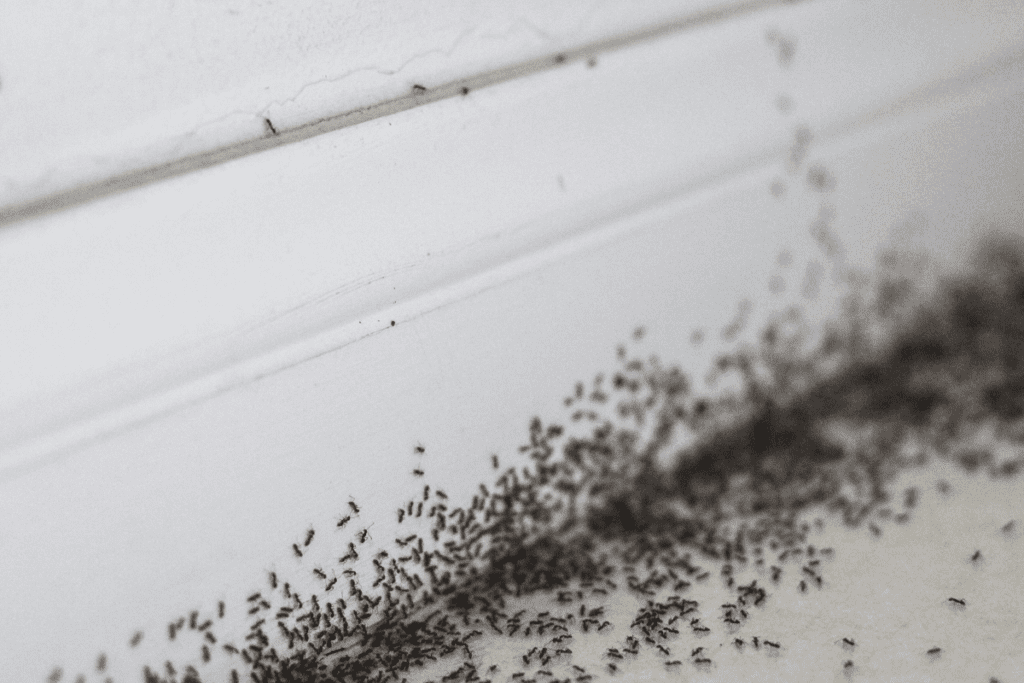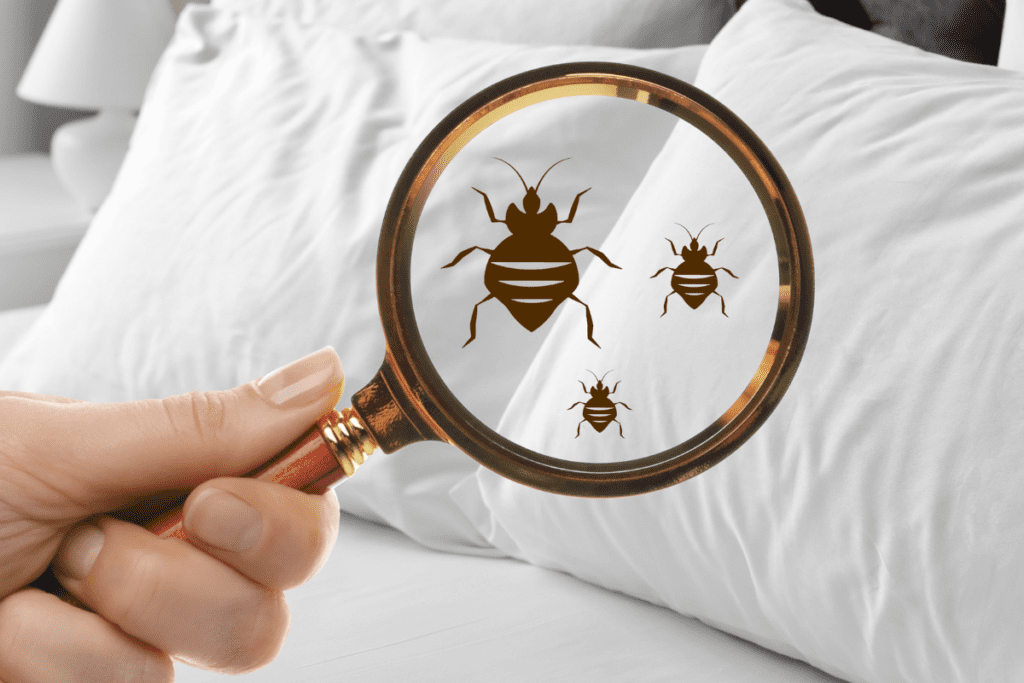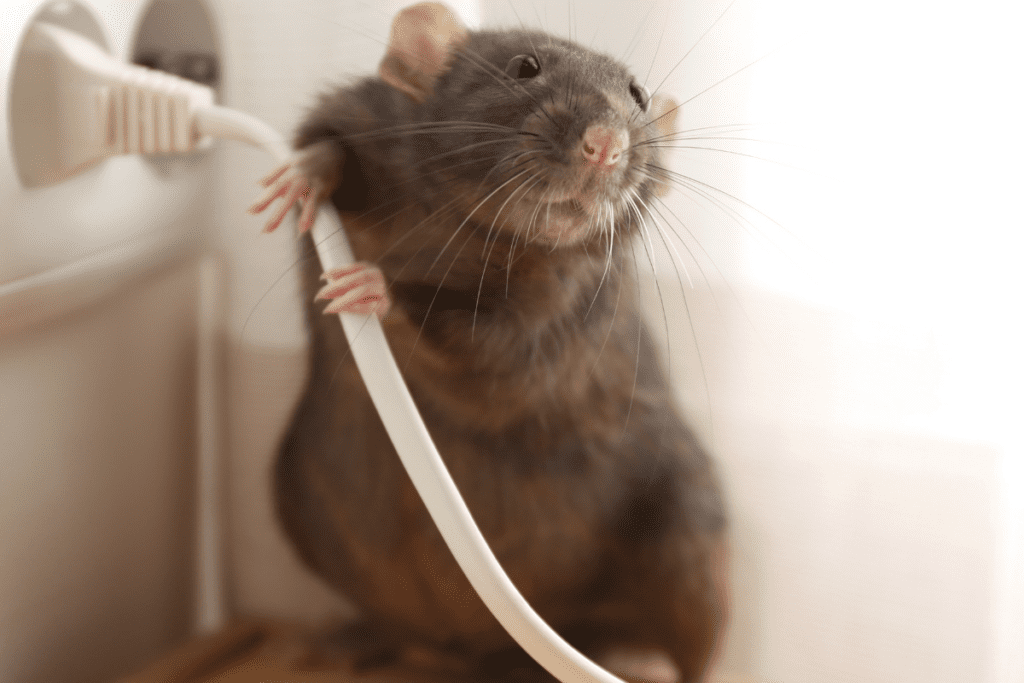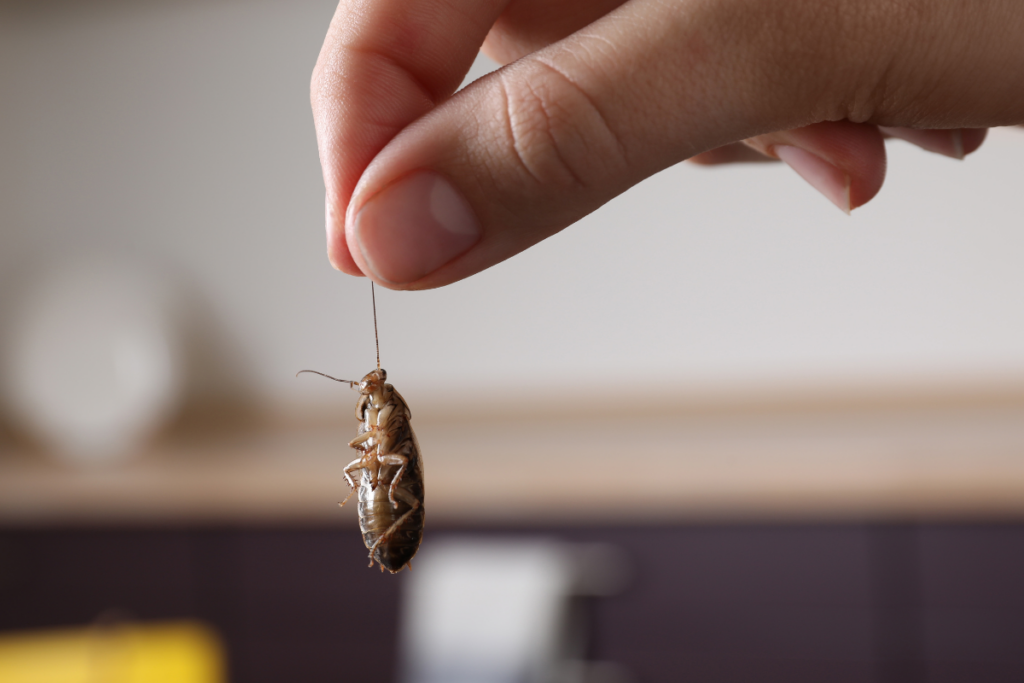Pest infestations can wreak havoc on buildings, causing structural damage, compromising hygiene, and creating unpleasant living or working conditions. This article aims to provide insight into common pest infestations and effective measures to address them. The RICS provides similar guidance on pest infestations which you may also find useful.
What causes a pest infestation?
A pest infestation can occur for various reasons, impacting both residential and commercial properties. One of the primary causes is neglecting to properly organise and maintain a home. Homes filled with clutter provide an inviting environment for pests, making parts of the property inaccessible and challenging to clean. Such conditions attract rodents and other pests looking for shelter. Moreover, these rodents can bring along insects, including fleas and bed bugs, amplifying the infestation problem.
Another significant factor leading to infestations is the surrounding environment. Areas with excessive moisture, unattended food sources, or accumulated waste can serve as attractants for various pests. Furthermore, seasonal changes might also play a role, as pests seek shelter indoors during adverse weather conditions. Lastly, specific structural vulnerabilities in a property, such as cracks, gaps, or openings, can serve as entry points for pests, leading to potential infestations.
Understanding these causes is crucial for homeowners and property managers to take preventive measures, ensuring a pest-free environment and safeguarding the comfort and safety of the occupants.
Common pests and their impact
Various pests can besiege our properties, with each having its unique traits and resulting damages. A few examples include:

Rats and mice
These rodents can cause extensive damage to buildings by gnawing on electrical cables, wooden structures, and insulation materials. Additionally, they pose health risks by transmitting diseases through their droppings and urine. Their mere presence can also devalue property and pose potential legal challenges for homeowners.
Insects
Various insects can infest buildings, including cockroaches, ants, termites, and bed bugs. Besides being unsightly, they can contaminate food, damage furniture and fabrics, and trigger allergies or respiratory problems. Others, such as mosquitoes, bedbugs, and fleas, pose a direct health risk to humans due to their propensity for biting, leading to potential diseases and skin irritations.
Birds
While birds may seem harmless, their nesting and roosting activities can lead to structural issues. Their droppings contain acids that can corrode metal, erode masonry, and block gutters and drains, resulting in water damage.
Which are signs of a pest infestation?
Being vigilant and identifying a pest infestation at its onset can mitigate potential damages and lead to easier eradication:

Physical evidence
Remnants of their existence like droppings, shed skin, or nests can indicate their presence. In some cases, you might even directly spot the pests.
Property damage
Manifestations such as chew marks, holes in structures, or deteriorated wood are telltale signs of a lurking pest problem.
Audible cues
Night-dwelling pests, particularly rodents, often give themselves away by making audible noises such as scratching or scuttling during the more silent nighttime hours.
Pets’ reactions
Domestic animals like cats and dogs have heightened senses and might detect pests before humans do. If they seem unusually interested or agitated by specific areas of your home, it might be worth investigating further.
How to prevent a pest infestation
Prevention is key when it comes to pest infestations. Employing some of the following measures can help keep buildings pest-free.
Maintaining good hygiene is paramount in preventing pest infestations. By ensuring regular cleaning, managing waste efficiently, and swiftly removing any food debris, one can greatly reduce the chances of pests finding a source of nourishment within a property.
Another effective strategy is to thoroughly inspect the structure for any gaps, cracks, or openings. Such vulnerabilities can be easily exploited by pests, making it crucial to promptly seal these entry points. The use of materials like sealants or wire mesh can prove to be invaluable in this endeavour.
In addition to the aforementioned strategies, it’s beneficial to undertake regular maintenance checks of the building. This includes scrutinising the exterior aspects, such as the roof, facade, and foundation, to spot potential weak points or any indication of pest activity.
Furthermore, careful attention to landscaping can further fortify a building against pests. One can start by trimming trees and shrubs that are in close proximity to the structure, thereby eliminating easy access routes for pests. Ensuring that the vegetation is in pristine condition and eradicating any stagnant water sources can further dissuade pests from breeding in the vicinity.
What to do if you think you have a pest infestation?
Recognising a potential infestation mandates immediate, proactive measures:

1. Maintain cleanliness
Ensure that you regularly discard garbage and rectify any leaky plumbing. Stagnant water can serve as an enticing breeding ground for several pests.
2. Food storage
Pests are primarily attracted to food sources. By ensuring that food, especially pet food, is stored securely and not left out during the night, you can significantly reduce their attraction to your home.
3. Organise and declutter
Reducing clutter not only makes your living space more aesthetically pleasing but also eliminates potential breeding and hiding spots for pests.
4. Implement physical barriers
By installing and routinely checking screens on accessible openings like doors and windows, you can prevent many pests from gaining entry. Moreover, regular maintenance ensures that these barriers remain effective over time.
5. Integrated Pest Management (IPM)
IPM combines various strategies, including targeted pesticide use, trapping, and exclusion techniques, to control pests while minimising environmental impact.
6. Repair and maintenance
Address any damage caused by pests promptly, such as repairing gnawed wires or sealing access points to prevent reinfestation.
5. Professional consultation
In cases where the infestation seems extensive or is of a particularly troublesome pest, seeking the expertise of a pest control professional can be invaluable. See the next section to understand how surveyors can be critical in both identifying and tackling pest infestations.
The role of building surveyors in dealing with a pest infestation
Building surveyors play a pivotal role in identifying, advising on, and managing pest infestations. They have the expertise to assess properties for vulnerabilities that might invite pests. They can provide recommendations on building materials, construction techniques, and maintenance practices to prevent infestations. Moreover, if an infestation is detected, surveyors can advise on the best course of action, liaising with pest control professionals to ensure the problem is effectively addressed.




